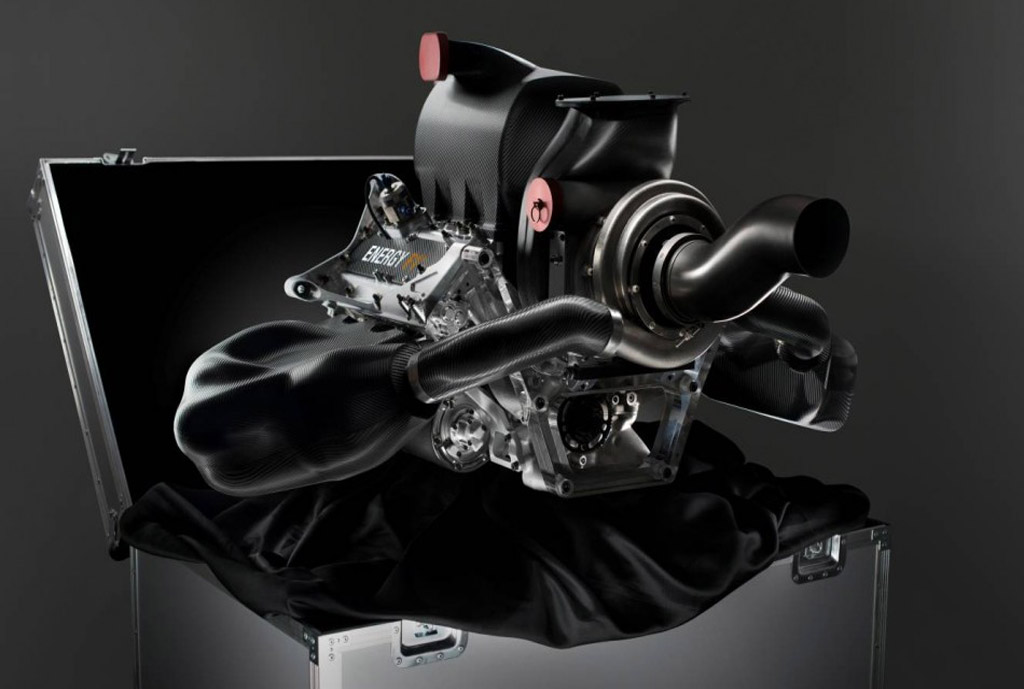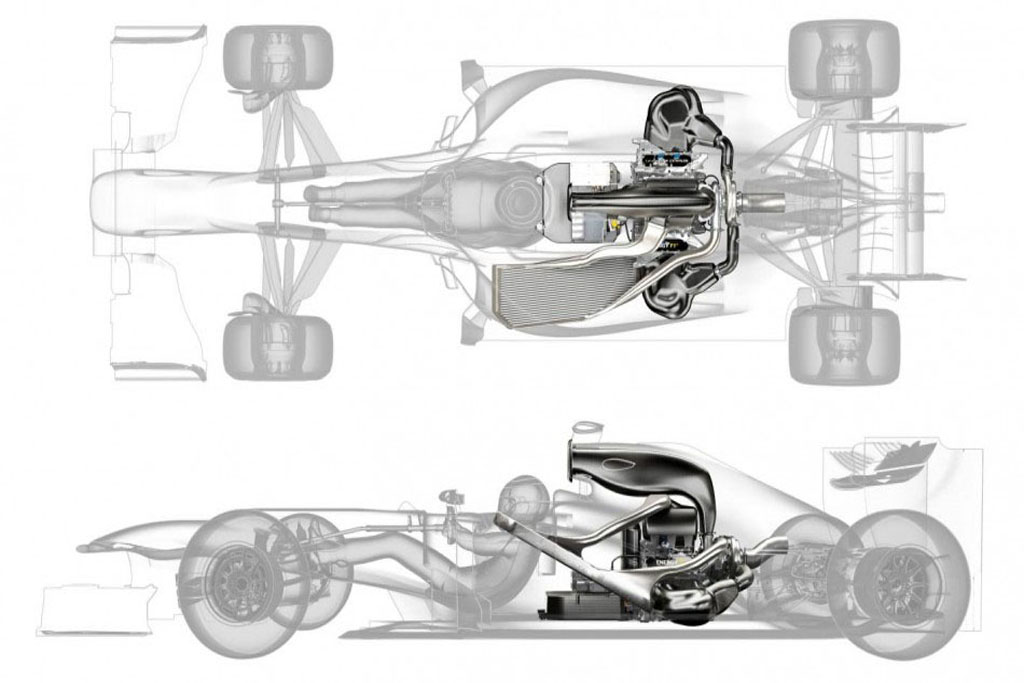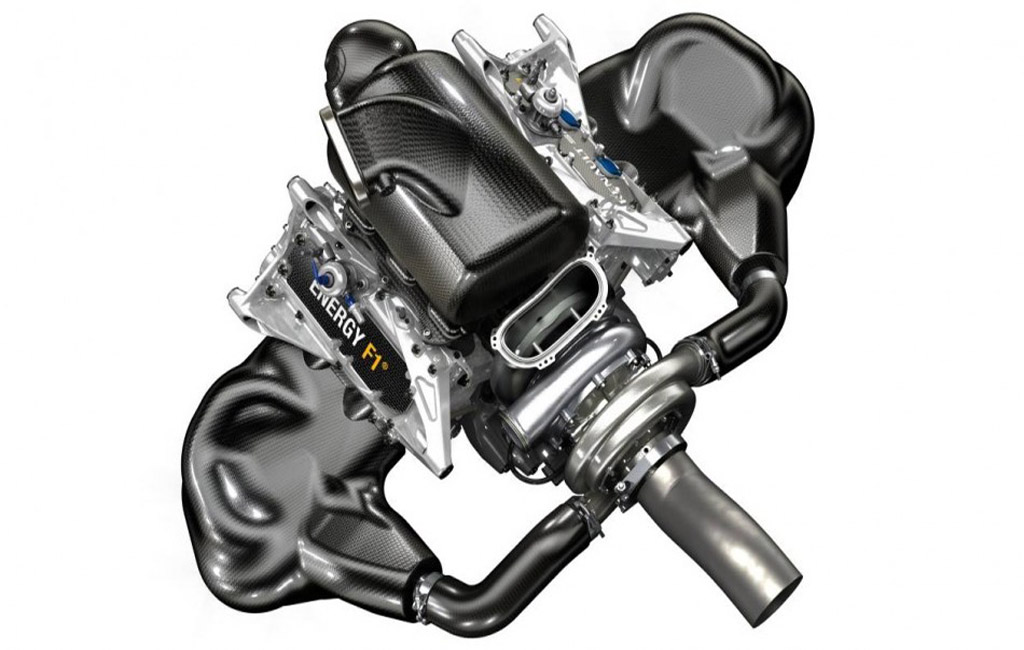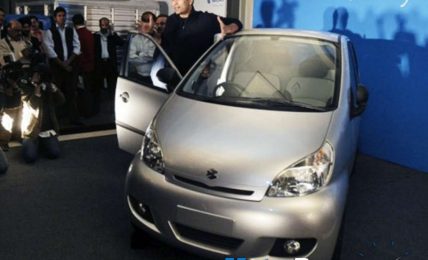The drastic changes in the development of auto engineering are not limited to road cars. Formula One fans would probably know about the cardinal changes in the construction of F1 cars that could be seen from the 2014 season. According to the revised FIA (Fédération Internationale de l’Automobile) regulations, from the next Formula One season, cars should have a 1.6-litre, turbocharged V6 engine instead of the current 2.4-litre, natural aspirated V8 power plant.
In 1977, Renault was the first engine constructor who introduced turbocharged engines in Formula One races and following the same legacy, Renault is the first to unveil its ‘Energy F1’ race-dedicated engine for the 2014 Formula One season. The new 1.6-litre turbocharged engine produces 600 BHP of power and is mated to a new heat-based Energy Recovery System (ERS) that produces twice the power (160 BHP/80 BHP) of KERS (Kinetic Energy Recovery System) compared to present Formula One cars.
The ERS working is based on two motors, MGU H (Heat Motor Generator Unit) that utilizes the dispelled heat energy from turbocharger exhaust and stores it in the form of electric charge. The second is MGU K (Kinetic Motor Generator Unit) that works as a generator while braking and also uses the electric charge stored by the MGU H to generate 160 BHP eventually. The new ERS has the ability to boost the car for 33 seconds on each lap, while the current generation KERS unit provides extra power only for 6 seconds.
From the next season, F1 cars are restricted to rev up to 15,000 RPM instead of the current 18,000 RPM limit that increases the fuel efficiency along with increasing the life cycle of an engine. Renault says that the maximum output of the new unit is more than the current V8 power trains which delivering 35% better fuel efficiency. Since 2010, a team is allowed to use only eight engines in the entire season. The low rev range and the new ERS aid the engine in longevity, thereby from the next season, teams will be penalized for every additional engine used over the allowed five.








